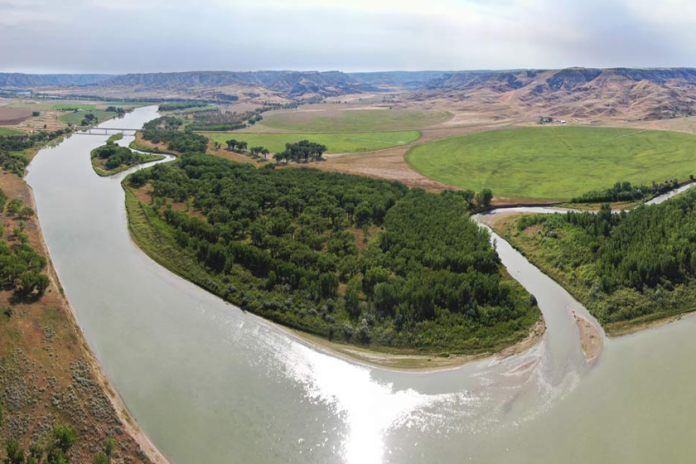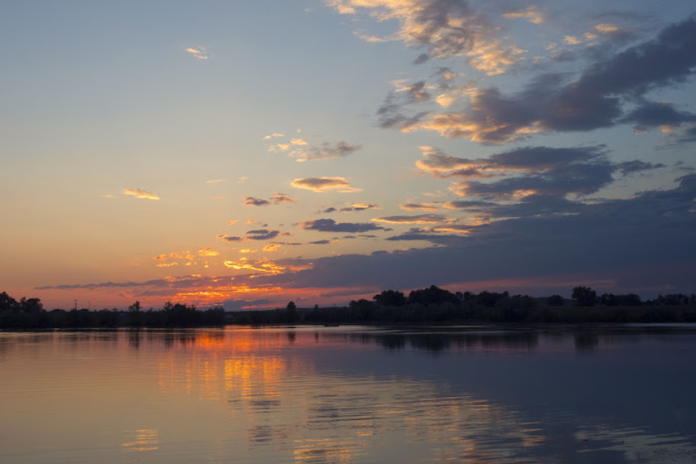The phrase “America is rediscovering its soul” has recently been gaining some attention in our public discourse, particularly in discussions about faith, values, and national identity.
According to recent commentary and research, more Americans—especially among Millennials and Generation Z are returning to church, engaging with religious texts, and expressing a desire for spiritual depth. This marks a notable shift from earlier trends that suggested a decline in religious participation and a move toward a more secular society.
The resurgence of faith is not just a private matter but is increasingly visible in public life, challenging secular norms and influencing national conversations from politics to culture. This reawakening is described as beginning in the home, where families are centering their lives around transcendent values and moral guidance, and is extending into the broader public square.
Change doesn’t start in Washington D.C. but rather starts in the home. I’ve long advocated for being mindful of your neighbors. How you relate to those closest to you, those who might live right in your own neighborhood, has a huge impact.
In many cases we’ll find that America rediscovering its soul has a lot to do with both the spiritual and to a broader extent the historical call to reconnect with the deeper ideals and wisdom of the nation’s founding vision.
Historical and Philosophical Reflections
Jacob Needleman’s book, “The American Soul: Rediscovering the Wisdom of the Founders” explores how the spiritual vision of America’s founders—such as Washington, Jefferson, and Franklin—was rooted in ideals of inner democracy, self-improvement, and the pursuit of wisdom. Needleman argues that reclaiming these timeless truths is essential for addressing contemporary challenges and fulfilling the nation’s original promise.
Many of our young people are realizing that being both spiritual and patriotic aren’t, in and of themselves, necessarily bad things.
Response to Societal Challenges
Many young people are turning to faith in reaction to widespread feelings of loneliness, anxiety, and a sense of instability in modern society. The aftermath of the COVID-19 pandemic, in particular, has intensified these feelings, prompting a search for community, meaning, and hope.
For some, embracing Christianity is an act of defiance against prevailing cultural narratives that they perceive as nihilistic or overly secular. This is especially true for Gen Z, who are increasingly drawn to faith as a form of rebellion against progressive or mainstream cultural values.
Generation Z is trading the instability of today’s ideological narratives for the safe haven of the stable, well proven principles that made America the envy of the world.
Both generations, Millennials and Generation Z, are forming new types of spiritual communities, such as home-based worship groups, digital fellowships, and campus prayer movements, rather than simply returning to traditional church settings. This grassroots, decentralized approach reflects their desire for authentic connection and shared purpose.
The home environment plays a significant and multifaceted role in America’s rediscovery of its spiritual roots, particularly as younger generations seek meaning and connection in an era of rapid change and societal fragmentation.
Home is a Sacred Space
Success doesn’t trickle down, but rather trickles up — starting in the home, safety and security is first practiced, and then transferred to the broader community once perfected.
Our young Americans are finding that truth and relevance actually matter, and are resigned to just letting our Federal Government wander around behind all of the little animals with it’s failed societal ideologies in the wilderness.
Our young Americans already know that our main news organizations aren’t now days meant to be taken too seriously.
Our young Americans are finally regaining their rightly deserved focus on matters important to them and to the country at large even if it means leaving our political parties in the dust.
The only thing the Federal Government has done well lately, is to drive Americans back into the arms of reality and decency. Of course I’m pretty sure the government didn’t mean to do it, but you know what they say about unintended consequences. The young people of America have had quite enough of the shenanigans on Capital Hill — and it’s beginning to show.





